"Ayres and Vars identify ten policies that can be immediately adopted at the state level to reduce the number of gun-related deaths without affecting the rights of gun owners. For example, Donna's Law, a voluntary program whereby individuals can choose to restrict their ability to purchase or possess firearms, can significantly decrease suicide rates. Amending Red Flag statutes, which allow judges to restrict access to guns when an individual has shown evidence of dangerousness, can give police flexible and effective tools to keep people safe. Encouraging the use of unlawful possession petitions can help communities remove guns from more than a million Americans who are legally disqualified from owning them. By embracing these and other new forms of decentralized gun control, the United States can move past partisan gridlock and save lives now"-- Provided by the publisher
Ian Ayres Livres
Ce duo d'auteurs se spécialise dans les applications pratiques de la théorie des jeux et de la pensée stratégique. Leur travail explore comment des problèmes complexes peuvent être simplifiés et résolus efficacement à l'aide de données et d'algorithmes. S'appuyant sur leurs vastes expériences académiques, ils traduisent des concepts complexes dans un langage accessible à un large public. Leurs livres offrent aux lecteurs des outils pour prendre de meilleures décisions dans les sphères personnelles et professionnelles.
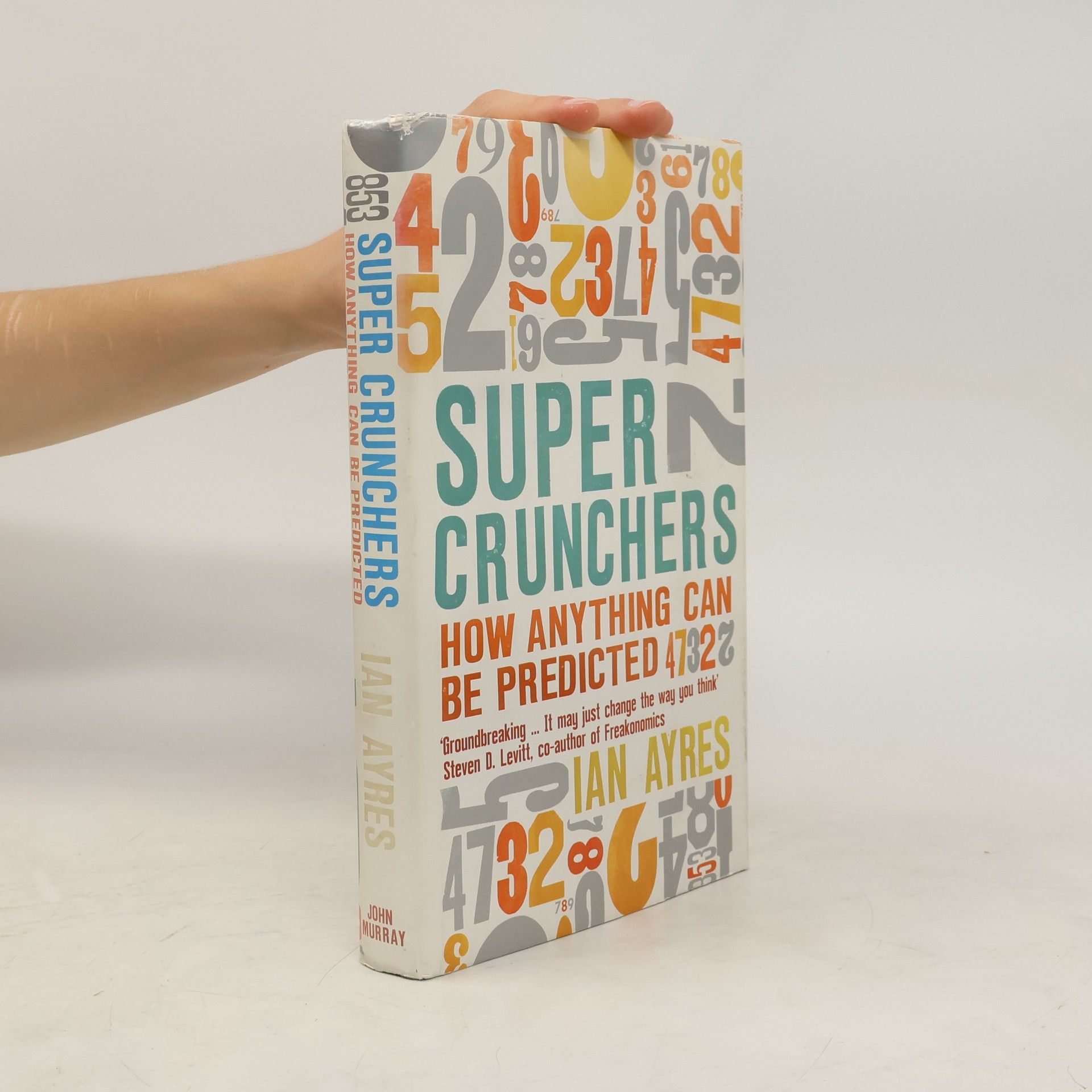
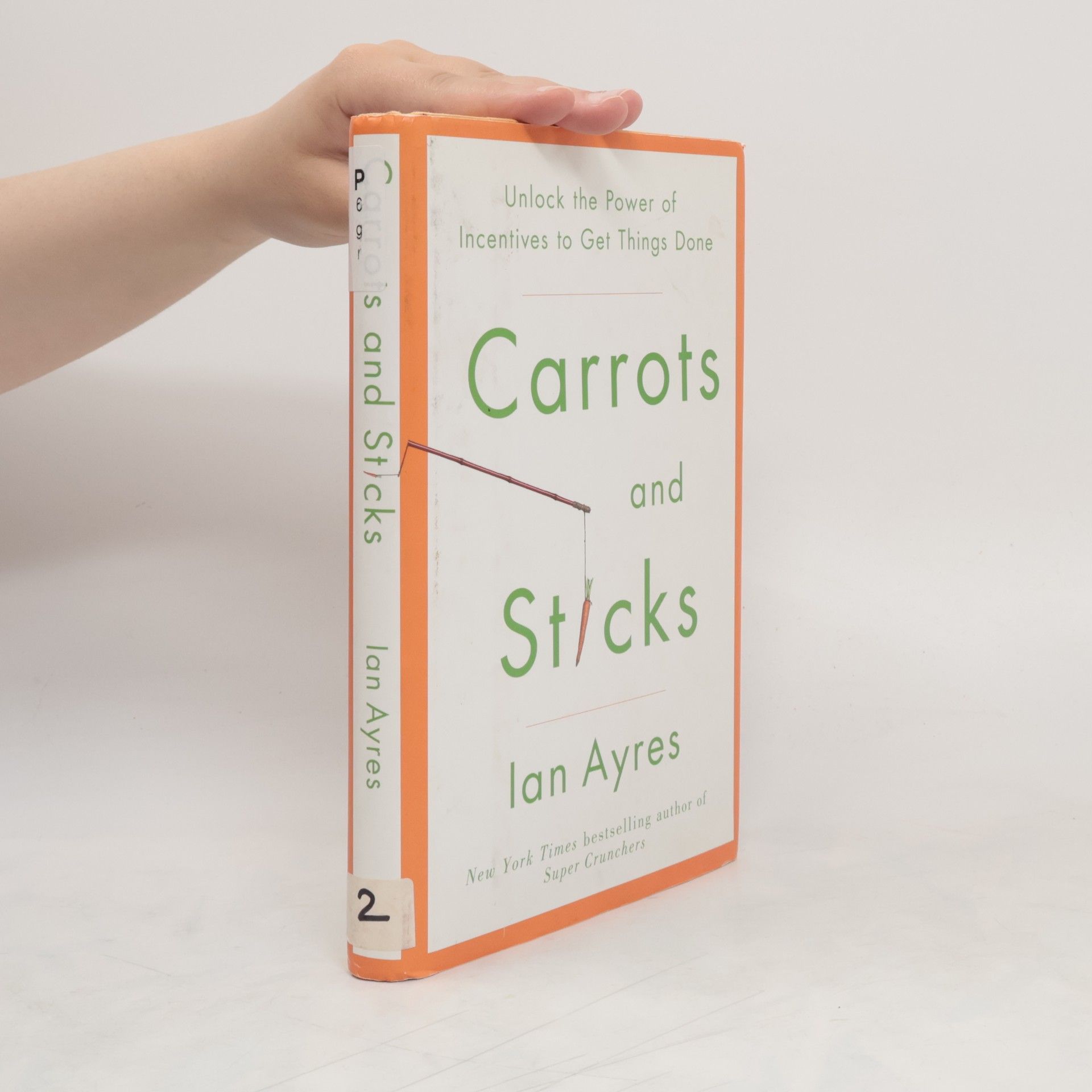
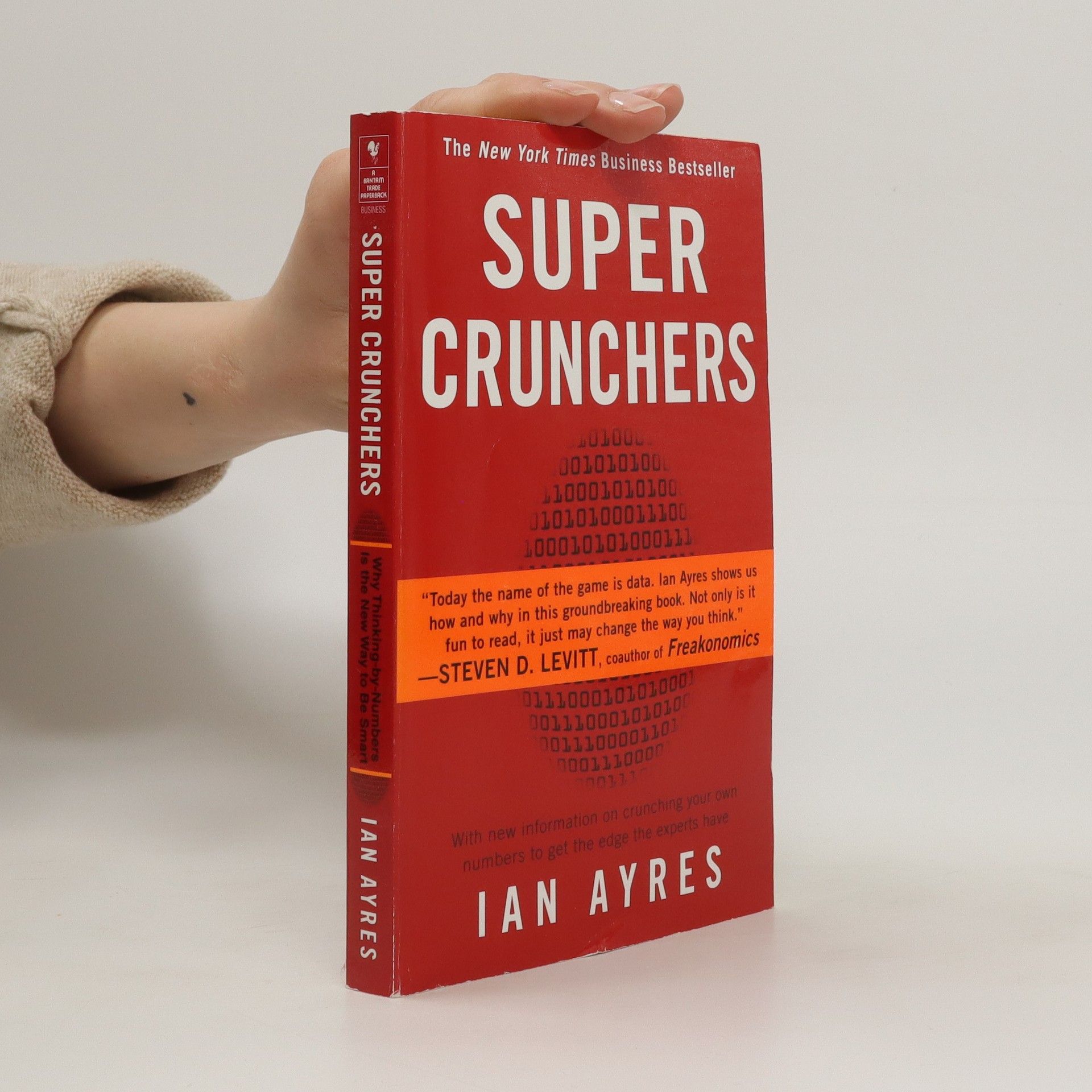
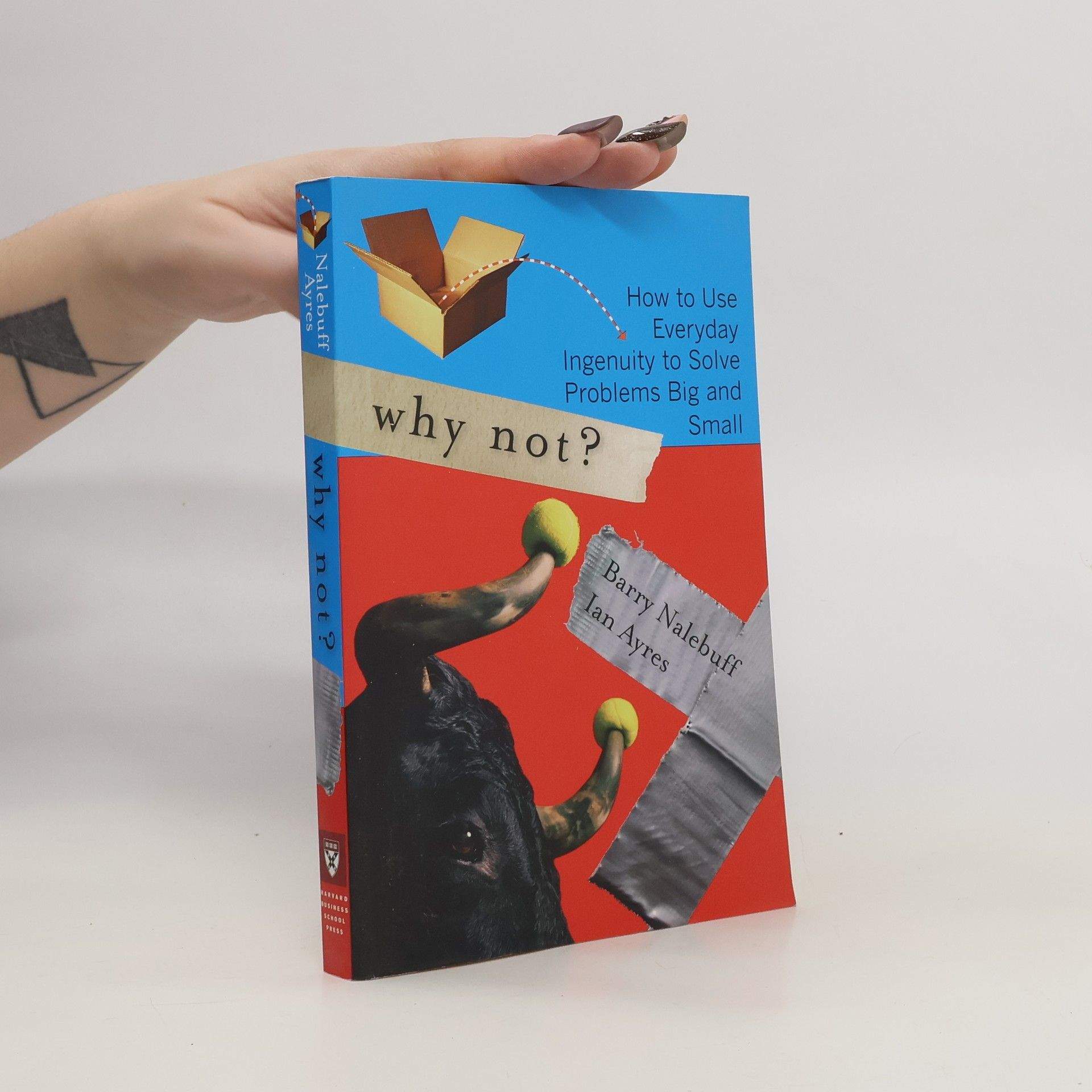
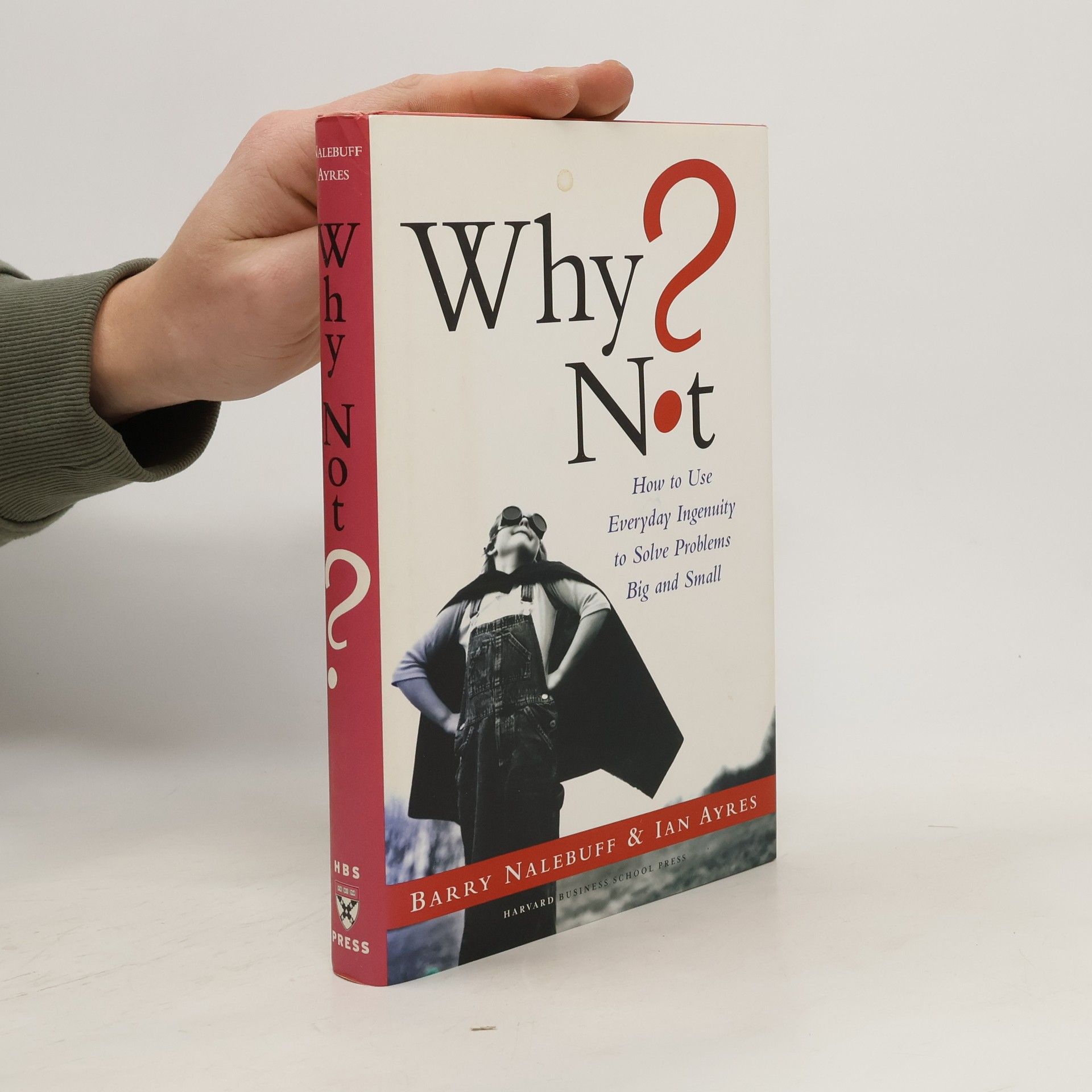

Why Not?
- 238pages
- 9 heures de lecture
Offers guidelines for brainstorming and problem solving in order to solve new problems with existing solutions and to generate new solutions for existing problems.
Why not? : how to use everyday ingenuity to solve problems big and small
- 238pages
- 9 heures de lecture
Why Not? is a primer for fresh thinking, for problem-solving with a purpose, for bringing the world a few steps closer to the way it should be. Idealistic? Yes. Unrealistic? According to Why Not? authors Barry Nalebuff and Ian Ayres, no.Illustrated with examples from every aspect of life, Why Not? offers techniques which will help you take the things we all see, every day, and think about them in a new way. Great ideas are waiting. Why not be the one to discover them?
Super Crunchers
- 320pages
- 12 heures de lecture
NEW YORK TIMES BESTSELLER • With new information on crunching your own numbers to get the edge the experts have An international sensation—and still the talk of the relevant blogosphere—this Wall Street Journal and New York Times business bestseller examines the “power” in numbers. Today more than ever, number crunching affects your life in ways you might not even imagine. Intuition and experience are no longer enough to make the grade. In order to succeed—even survive—in our data-based world, you need to become statistically literate. Cutting-edge organizations are already crunching increasingly larger databases to find the unseen connections among seemingly unconnected things to predict human behavior with staggeringly accurate results. From Internet sites like Google and Amazon that use filters to keep track of your tastes and your purchasing history, to insurance companies and government agencies that every day make decisions affecting your life, the brave new world of the super crunchers is happening right now. No one who wants to stay ahead of the curve should make another keystroke without reading Ian Ayres’s engrossing and enlightening book.
Carrots and Sticks
- 218pages
- 8 heures de lecture
The part-owner of StickK.com uses research into incentives and punishments to introduce the concept of "commitment contracts," an easy strategy for setting and achieving goals that is already in use by successful companies and individuals across America. Ayres shares engaging, often astounding, real-life stories that show the carrot-and-stick principle in action, from the compulsive sneezer who needed a "stick" (the potential loss of $50 per week to a charity he didn't like) to those who need a carrot with their stick (the New York Times columnist who quit smoking by pledging a friend $5,000 per smoke . . . if she would do the same for him). You'l learn why you might want to hire a "professional nagger" whom you'll do anything to avoid- no, your spouse won't do!- and how you can "hand-tie" your future self to accomplish what you want done now. You'll find out how a New Zealand ad exec successfully "sold his smoking addiction", and why Zappos offered new employees $2,000 to quit cigarettes.
Why would a casino try and stop you from losing? How can a mathematical formula find your future spouse? Would you know if a statistical analysis blackballed you from a job you wanted?Today, number crunching affects your life in ways you might never imagine. In this lively and groundbreaking new book, economist Ian Ayres shows how today's best and brightest organizations are analyzing massive databases at lightening speed to provide greater insights into human behavior. They are the Super Crunchers. From internet sites like Google and Amazon that know your tastes better than you do, to a physician's diagnosis and your child's education, to boardrooms and government agencies, this new breed of decision makers are calling the shots. And they are delivering staggeringly accurate results. How can a football coach evaluate a player without ever seeing him play? Want to know whether the price of an airline ticket will go up or down before you buy? How can a formula outpredict wine experts in determining the best vintages? Super crunchers have the answers. In this brave new world of equation versus expertise, Ayres shows us the benefits and risks, who loses and who wins, and how super crunching can be used to help, not manipulate us.Gone are the days of solely relying on intuition to make decisions. No businessperson, consumer, or student who wants to stay ahead of the curve should make another keystroke without reading Super Crunchers.
Retirement Guardrails
- 214pages
- 8 heures de lecture
Uses real plan data to show that retirement plans should use 'guardrails' to limit an employee's ability to unwisely allocate their investments . Provides unique insight into the law and economics of retirement plan design to demonstrate how plan fiduciaries can act proactively to create menus that benefit both employers and investors.